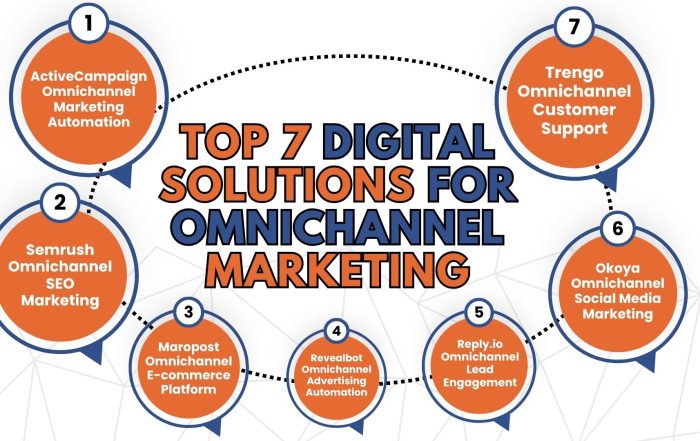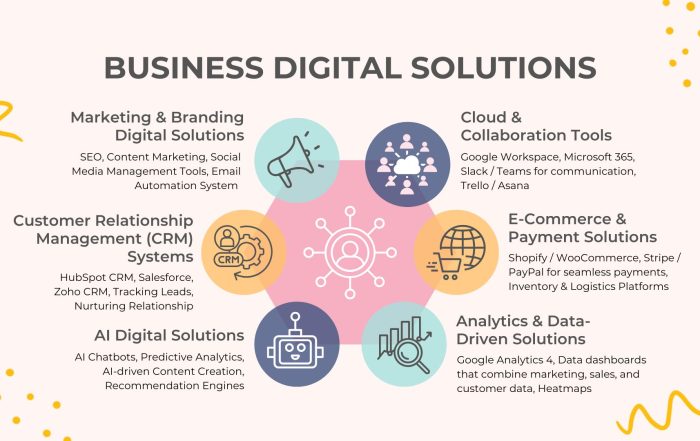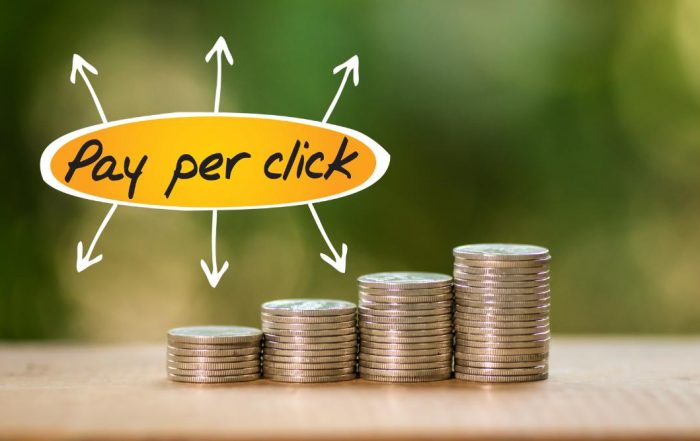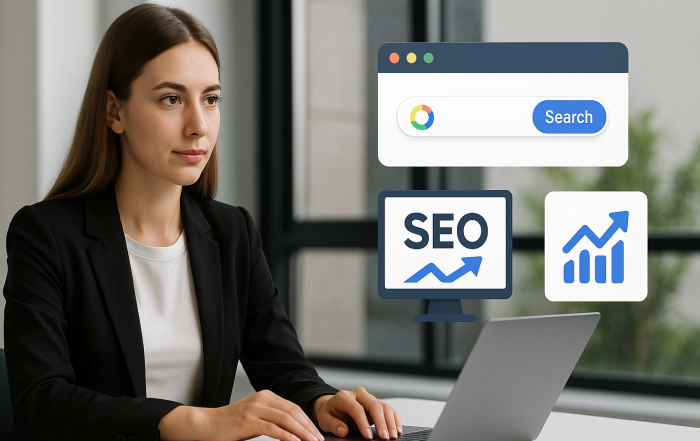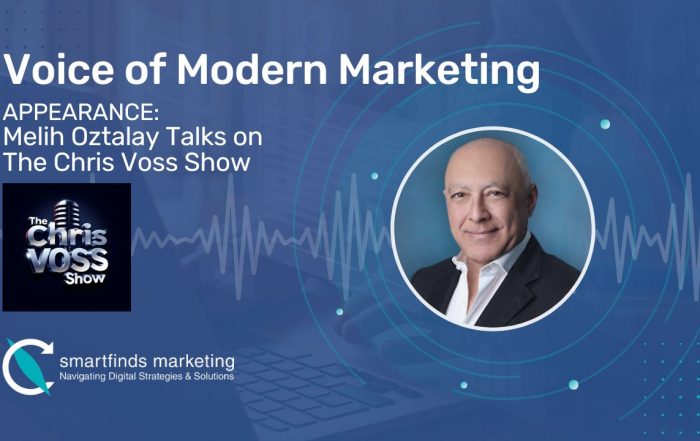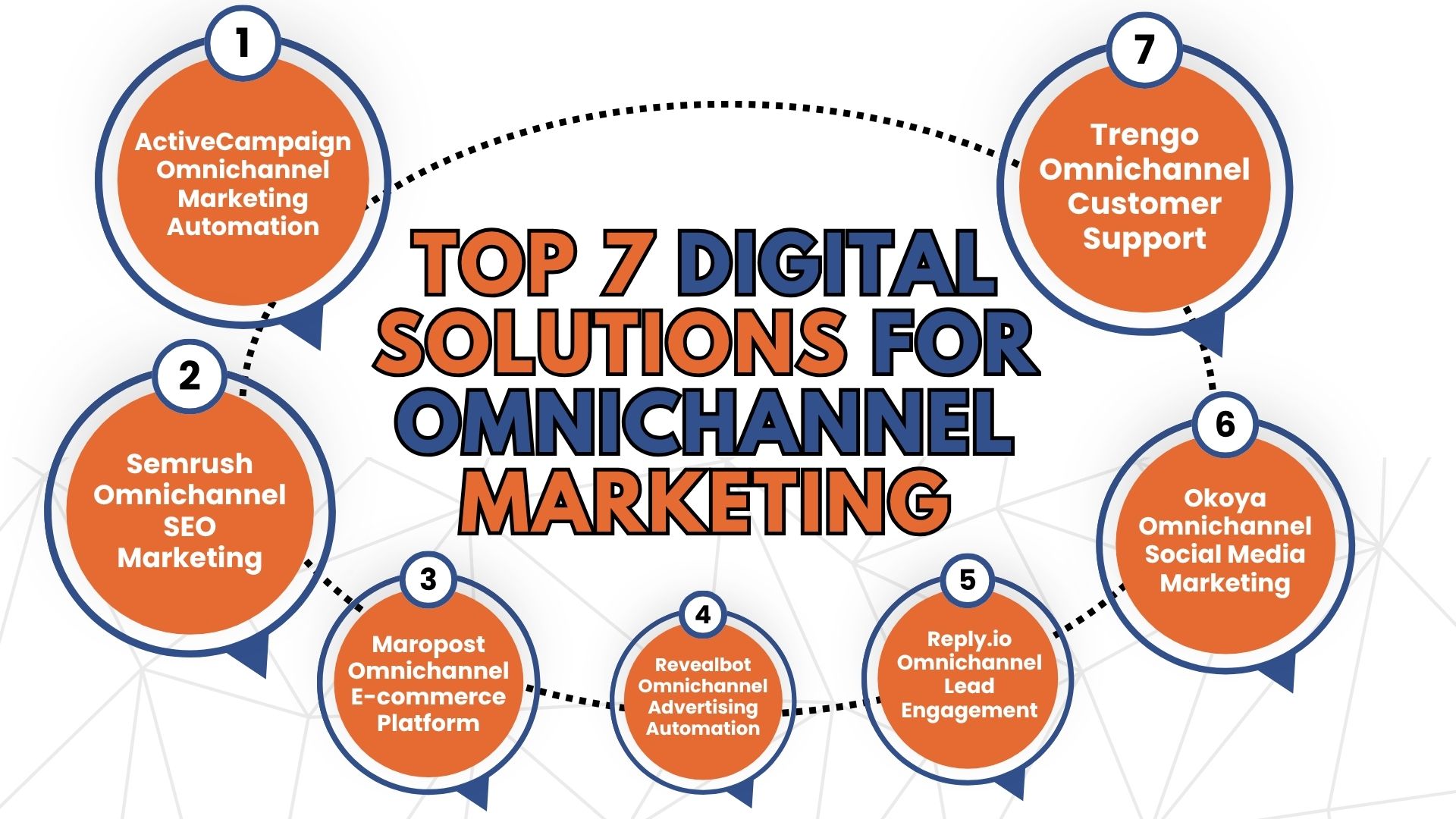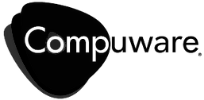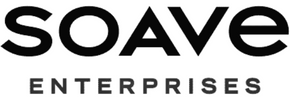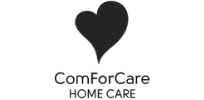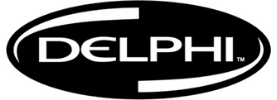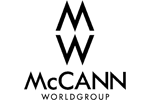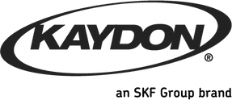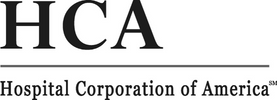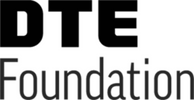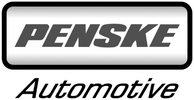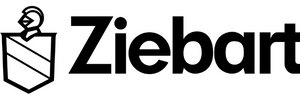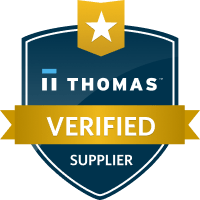
Proven Ways To Increase Your Website Conversion
Summary:
- Your competitors are converting their website visitors. How effective is your website?
- Do you know how many website visitors you get each month? How many of them contact you?
- Conversion Rate Optimization (CRO) on your target lead generation web pages is an important marketing process.
- Marketing optimization and Technical optimization are important factors of CRO.
Let’s face it. Competition has been continually on the rise and at a fast pace. Converting website visitors to leads or sales has increasingly become a problem for many businesses. Businesses are spending a lot of energy on search engine optimization (SEO), website marketability and other inbound marketing strategies in order to drive more free traffic to their website. How about considering website conversion.
The question I keep asking is if it is a matter of driving more traffic or a matter of converting the organic traffic your website is already receiving from Google? Trying to gain more traffic is far more costly than making changes to your website to achieve the desired results.
Using the results in Google Analytics and Google Search Console it is possible to affect website conversion changes. It is not a matter of reporting or analysis, rather an interpretation of the multiple data points. What are the patterns and trends based on different time frames?
We have to start with some basic questions.
- How much traffic are we getting to the website?
- How much of this traffic is free, paid or from referral websites?
- What is our bounce rate for the website vs. from individual sources?
- What does the traffic results look like for our desired call to action?
- What are the leads or sales for the desired action?
The process is different for Business-To-Consumer (B2C) vs. Business-To-Business (B2B). However, the specific activity is actually the same. Especially if you start to forego wanting more traffic in a lazy effort to not fuss with changes to your website.
Website Conversion Includes The Website’s Technical Optimization
We’re not going to go into a lot of details about the technical infrastructure of your website’s optimization. There are quite a number of considerations including your website’s speed.
People will stay on your site longer and more willing to search around for what they need when they don’t feel like they’re wasting time waiting for pages to load. This and other important research from Unbounce’s “Slow Loads Sabotage Your Conversions” research from January 2019.
Use tools such as:
…to name a few that help you with your website’s technical health and performance.
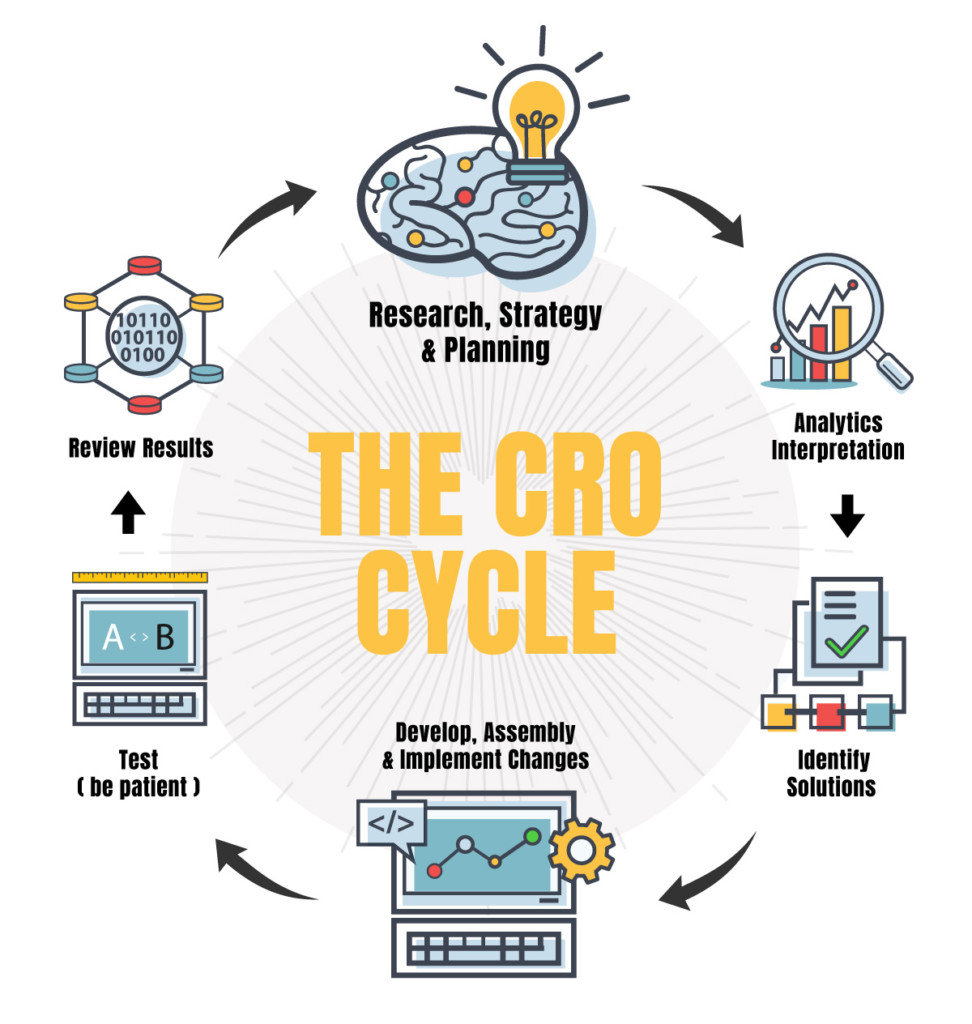
Website Conversion Includes Conversion Rate Optimization (CRO)
Let’s focus on Conversion-Rate-Optimization (CRO). In the simplest form, a conversion on your website is an action taken by your website visitor in response to one or many calls to action (CTA).
A CTA is a directive giving your website visitors the necessary direction to point them in the right direction that meets your website’s objective.
The objectives can be to become a lead (e.g. email, complete a form, make a phone call) or a transaction (e.g. the sale of a product).
It is important to note, we are not talking about search engine optimization (SEO). The visitor is already on your website. You don’t need to worry about SEO at this point. While both terms use the word “optimization” they are distinctly different.
The primary three segments of CRO include:
- Measuring multiple data points
This includes and not limited to Website Analytics, Web Server Logs, Form Completions, Bounce Rate and more. - Analysis and Interpretation
Reports are great. Doing analysis is wonderful. It all comes down to how you interpret the results from multiple sources to find trends, patterns that help you come to different conclusions. - Changes and Testing
Making changes may come easy. Being patient to see the results of your test can be harder. You need enough data in order to make a concrete decision as to whether the changes have worked or not.
Website Design Increases Conversion
The user experience (UX) and user interface (UI) are important factors in your website design and website design optimization, laid out and functions to the website visitor. UX helps to generate an enjoyable experience through the way a user interacts with the web page. UI is the way a web page is designed and laid out to the website visitor.
Four key points about UX and UI.
- Be clear about what you want the website visitor to do.
- The graphics, images, photos, colors, text copy size, and other visuals help to direct the website visitor’s attention.
- Use the body of the page to give direction. If the visitor is looking through the navigation they can get lost. Don’t give them that option.
- Remove distractions. Any visual not related to the call to action that meets the objective needs to be removed.
- Keep the number of options to a minimum. The “More Isn’t Always Better” study makes it very clear why it’s important to follow this rule.
Patience Will Cost You Less Money
Developing a website that can convert to leads or sales can be challenging. The process to increase your conversion rate is not about difficulty as much as it is about patience. This isn’t a matter of taking months, rather weeks. Test, test and test new ideas and options by using the tools that you have available and make the best-educated decision. If one thing doesn’t work, that is ok. Don’t get frustrated. Try again. You will find small results heading in the right direction will cost you less than trying to bring more traffic to the website.
Ready to get to work?
Fill out the form below to start your customized CRO program today.
Catch-up on our other articles about Conversion Rate Optimization:
…and find more from our “Learn from the Pros” webinar series on the CRO topic.
Photo Credit by Carlos Muza on Unsplash
Author: Melih Oztalay



